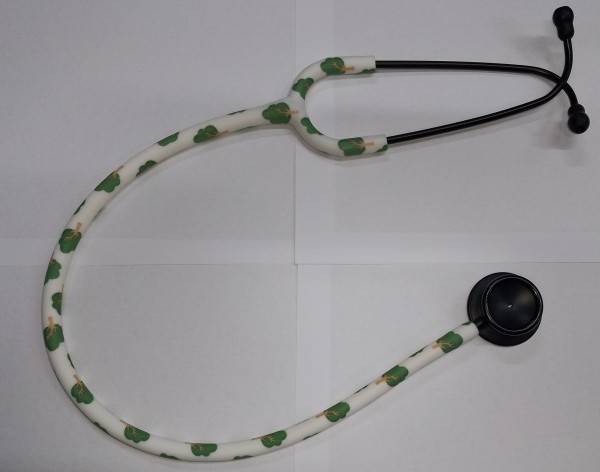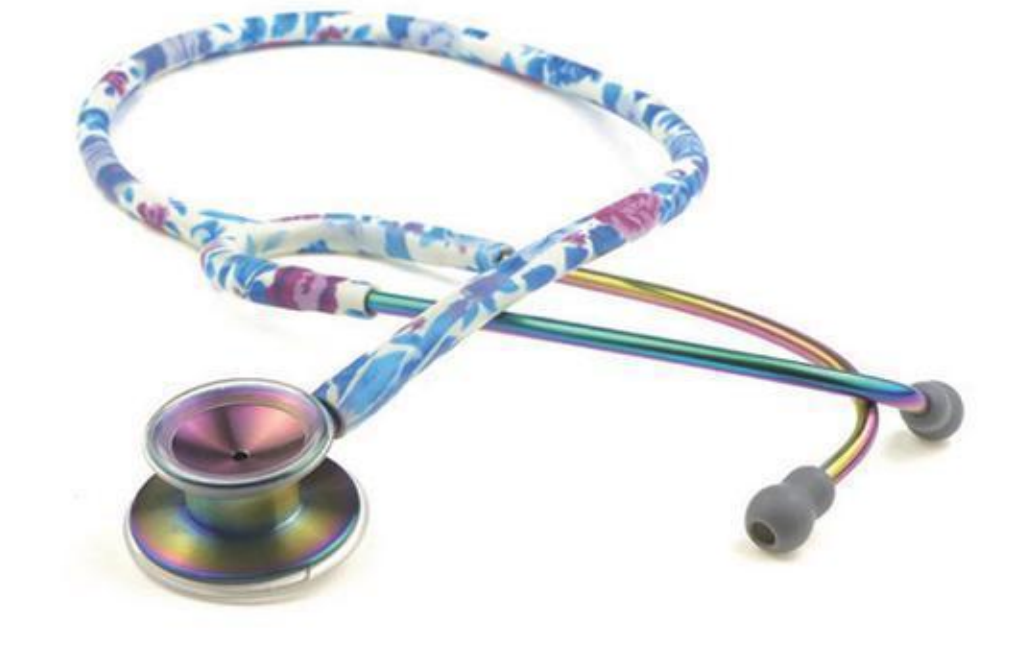What diseases can a stethoscope hear?
2023-11-07
What diseases can a stethoscope hear?
The stethoscope is a diagnostic tool commonly used in internal medicine, surgery, gynecology and pediatrics, can distinguish the noise in the body, is an important tool for diagnosing chest diseases, which diseases can be heard by the stethoscope.
1. Assess heart disease
The main contents of cardiac auscultation include rhythm, heart sound and heart rate. The heart rhythm is the rhythm of the heart beat, through auscultation can be heard whether the rhythm is neat, the heart beat fast and slow, indicating arrhythmia. In addition, through the heart rhythm examination, it can also detect atrial fibrillation and premature heart beat. Heart rate is the number of beats per minute. Heart sounds are the sounds produced by the vibration caused by the contraction of the heart muscle, the blood hitting the walls of the major arteries and ventricles, and the closing of the heart valves. The heartbeat of normal people generally emits a rhythmic sound, but when the heart is diseased, the intensity, frequency and nature of the heart sound will be greatly changed. Cardiac murmurs indicate increased blood flow or narrowing of the heart valve opening, possibly patent ductus arteriosus or valve insufficiency, and rupture of the papillary tendon cord cannot be ignored.

2, Understand the pleural and lung diseases
Usually when people breathe, they make a sound, which is called a breath sound. The doctor places a stethoscope on various parts of the chest wall and can tell whether the lungs are healthy by hearing changes in breathing sounds. Under healthy conditions, you can breathe about 15 times a minute, because the bronchial tube diameter is not the same at all levels, so the intensity of the breath sound generated when the breath airflow passes through is also very different. The upper lungs are close to the main bronchus, and the inhalation can be heard as if the air were passing through a steel tube. As the air passes through the bronchus, the sound of the breath will slowly decrease, and when it reaches the bottom of the lungs, you can hear the sound of the alveoli opening, which is a soft sound.
If breathing sounds suddenly weaken or disappear, it is most likely obstructive emphysema or restricted breathing activity, or it may be a pleural effusion or pneumothorax. If the breathing sound in a certain area is enhanced, it indicates that the sound in this area is strong, and in this case, it is necessary to be wary of lung consolidation. If you hear prolonged breathing sounds during exhalation, it is likely to be caused by a partial blockage, spasm or narrowing of the lower respiratory tract, in which case bronchitis and asthma should be vigilant.
If breathing sounds are intermittent, be alert for tuberculosis and pneumonia. If it is rough, it is necessary to be alert to edema caused by the bronchial mucosa, and it may also be inflammatory invasion, indicating early bronchitis or pneumonia. A sound similar to the bursting of a blister on the inhale indicates that the airway may contain blood, sputum, or mucus. A whistle-like sound during exhalation or inhalation indicates a partial blockage or narrowing of the trachea or bronchus. If the pleura is inflamed or exudates, a pleural fricative sound may be heard with a stethoscope.

3. Assess abdominal and peripheral blood vessels
When peristalsis occurs, the gas and liquid in the intestine will also follow the flow, which will make a purring sound, which is called the intestinal sound, and normally occurs 2 to 5 times per minute. Alert for acute gastroenteritis when bowel sounds are active. Hypokalemia, peritonitis, or intractable constipation should be vigilant when bowel sounds decrease or disappear. If the long sound is bright and hyperactive, it is necessary to be alert to mechanical intestinal obstruction. In addition, the stethoscope can also hear the flow of blood in the surrounding blood vessels, and hear a blowing sound as it flows through the narrow area.
Warm reminder
The above three diseases can be heard by a stethoscope, but cannot be used as a diagnostic method, if you want to confirm the disease, you need to do further X-ray or CT imaging.
 English
English Español
Español Português
Português русский
русский Français
Français 日本語
日本語 Deutsch
Deutsch tiếng Việt
tiếng Việt Italiano
Italiano Nederlands
Nederlands ภาษาไทย
ภาษาไทย Polski
Polski 한국어
한국어 Svenska
Svenska magyar
magyar Malay
Malay বাংলা ভাষার
বাংলা ভাষার Dansk
Dansk Suomi
Suomi हिन्दी
हिन्दी




